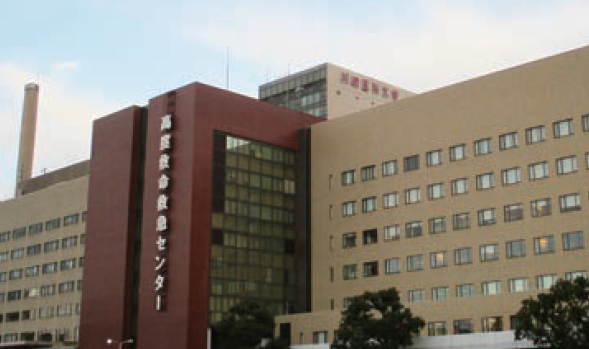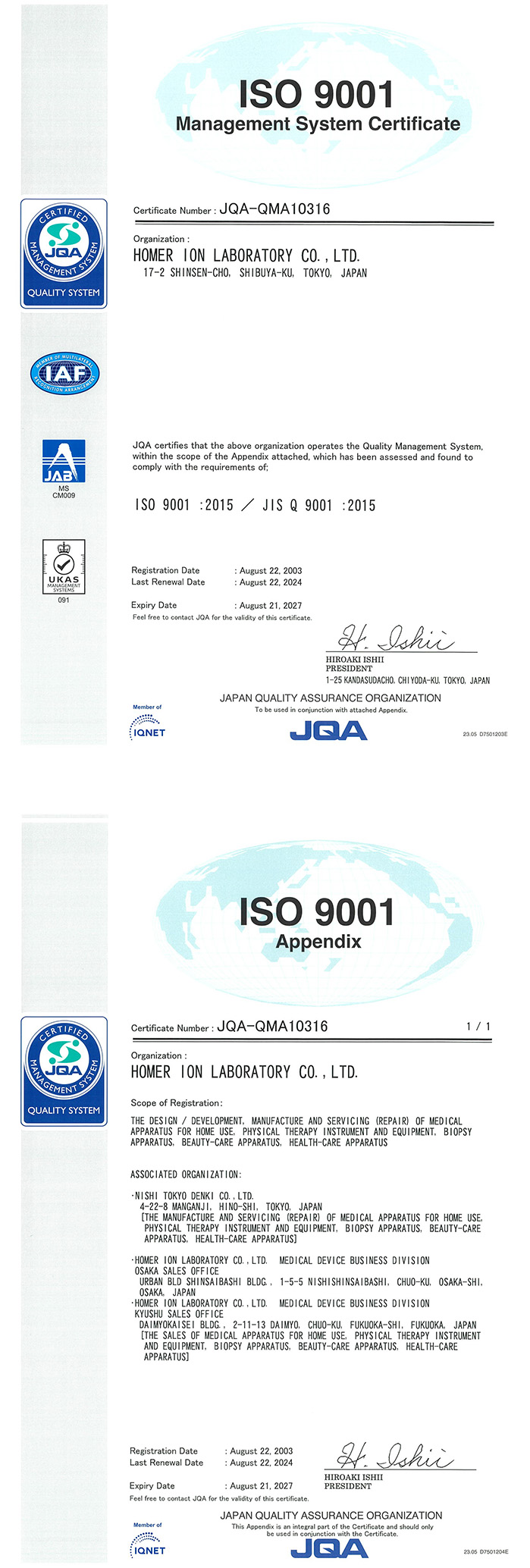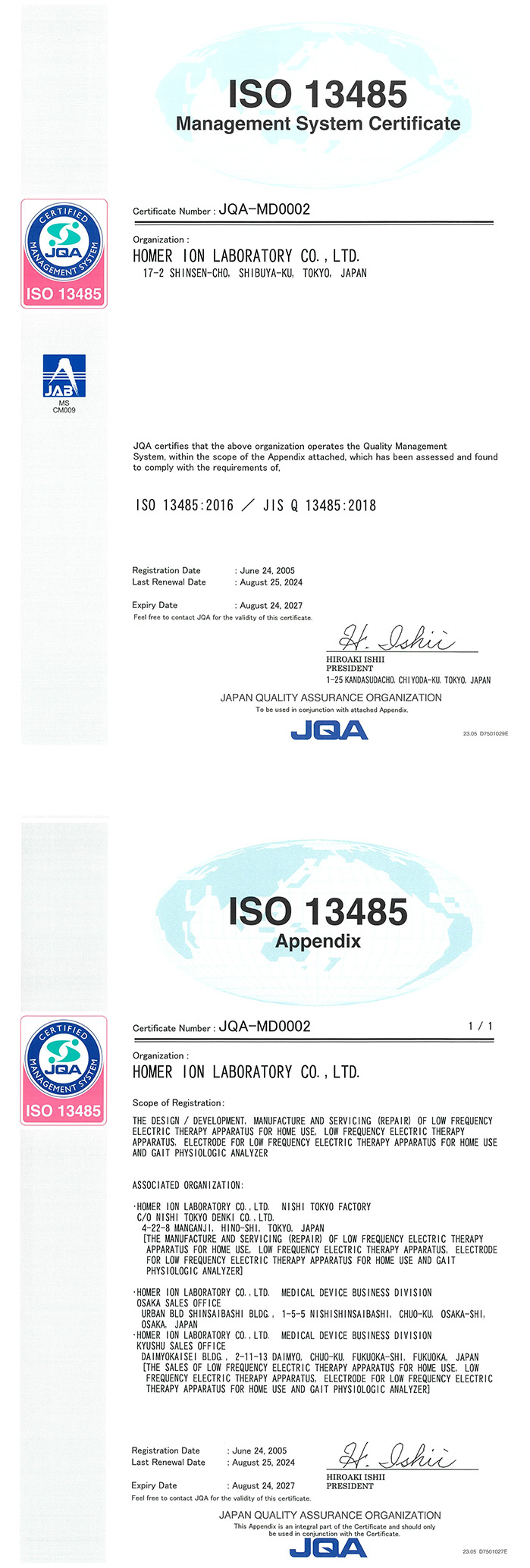

ICU Rihab
Kawasaki Medical School Hospital:
Kawasaki Medical School Hospital, located in Matsushima, Kurashiki City, Okayama Prefecture, is committed to contributing to the advancement of medical care and providing high-quality clinical services as a core regional hospital. The hospital operates an Advanced Critical Care and Emergency Center, which includes an Emergency Ward, Emergency Intensive Care Unit (Emergency ICU), and Stroke Care Unit (SCU), maintaining a comprehensive 24/7 system to accept emergency patients across all levels of care — from primary to tertiary emergencies — 365 days a year. In anticipation of Japan’s super-aged society, the hospital is further enhancing its collaboration and regional healthcare network with local hospitals and clinics, fulfilling its role as an advanced acute care hospital. By establishing an excellent medical environment and promoting team-based, multidisciplinary medical care, all staff members work in unison to provide safe, reliable, and high-quality healthcare, aiming to deliver the most advanced, optimal, and efficient patient-centered care.

Utilization in rehabilitation in the ICU

Hiroki Sato, RPT
Education:
2012 Bachelor of Science in Physical Therapy, Faculty of Medical Technology, Kawasaki University of Medical Welfare, Japan
2018 Master of Science in Rehabilitation Science, Graduate School of Medical Technology, Kawasaki University of Medical Welfare, Japan
2012 – Present Physical Therapist, Rehabilitation Center, Kawasaki Medical School Hospital, Japan
Licensed Physical Therapist (RPT)
Certified Respiratory Therapist (3 Societies Joint Respiratory Therapy Certification)
Member, Japan Disaster Medical Assistance Team (DMAT)
Mr. Sato’s Perspective on Rehabilitation in the Intensive Care Unit (ICU)
When physical therapists, occupational therapists, and speech-language therapists enter the ICU, they provide rehabilitation aimed at preventing various functional declines, including physical function, cognitive function, and swallowing ability. Even while the patient remains in the ICU, therapists intervene while anticipating the patient’s recovery process all the way through to returning home. This is the fundamental concept of rehabilitation in the ICU.
Aiming for early mobilization and early discharge to home
– Background of B-SES Implementation
Mr. Sato, Physical Therapist: In our ICU, we manage patients from emergency care, surgery, and internal medicine. With advancements in medical treatments and surgical techniques, an increasing number of critically ill patients are being admitted. As a result, even when rehabilitation orders are issued, it has become challenging to implement active physical therapy interventions for many of these patients. This has become a significant issue in our practice.
– The purpose of introducing B-SES
Mr. Sato, Physical Therapist: In acute care hospitals, the length of stay is often less than two weeks, even for patients who have undergone major surgery. Within such a limited timeframe, the goal must be to achieve discharge home. However, with conventional physical therapy alone, many patients experience significant muscle strength decline, making it difficult for them to return home and resulting in transfer to another hospital or nursing facility. For these patients, we considered that combining physical therapy with B-SES could help maintain skeletal muscle function and aim for goals such as discharge to home.
– Target diseases and conditions for B-SES
Mr. Sato, Physical Therapist: In the case of the emergency and critical care ward, B-SES is applied to patients who are required to remain on strict bed rest due to multiple trauma or those who are completely immobile due to spinal cord injury. It is also used in surgical and medical ICUs for patients postoperatively or with acute exacerbations of medical conditions who have unstable hemodynamic and respiratory status.
– B-SES programs tailored to patients’ conditions and diseases
Mr. Sato, Physical Therapist: At our ICU, there are broadly two B-SES programs based on the patient’s condition. The first program is for patients with neurological paralysis, such as those in the acute phase of spinal cord injury or stroke, who are unable to perform voluntary movements. The second program is for patients with unstable cardiovascular or respiratory status, for whom resistance training has not been approved. For example, in patients with acute exacerbation of heart failure, skeletal muscle training using B-SES is performed until they are permitted to get out of bed. Once hemodynamic stability is achieved and mobilization begins, a combined approach of physical therapy for mobilization and B-SES is implemented.
– Method of B-SES implementation
Mr. Sato, Physical Therapist: Basically, we use the DISUSE mode for skeletal muscle training. However, in cases involving open abdominal or thoracic surgery, we provide preoperative B-SES orientation using the METABO mode to help patients, especially those receiving electrical stimulation therapy for the first time, become accustomed to the stimulation. After surgery, we then switch to DISUSE mode to conduct actual muscle training.
– Precautions for the application of B-SES in patients during the inflammatory phase or under sedation
Mr. Sato, Physical Therapist: When applying B-SES during the catabolic phase following critical illness, we use appropriate nutritional intake as one of the criteria for initiating skeletal muscle training. Additionally, for patients with heart failure, we monitor blood BNP levels over time, and for those with neuromuscular diseases, we assess CK levels to determine the suitability of B-SES intervention. Another important criterion for B-SES initiation is a clear level of consciousness. Therefore, for patients under sedation, B-SES is administered once daily during sedation interruption following protocols such as SAT (Spontaneous Awakening Trial) and SBT (Spontaneous Breathing Trial). During this time, we adjust the stimulation intensity while assessing the patient’s pain and discomfort.
– Infection control measures for B-SES
We prepare dedicated electrode sheets for each patient and perform cleaning once a week. In our facility, when B-SES intervention is completed, the electrode sheets are disinfected using sodium hypochlorite solution and subsequently reused. It is utilized not only for muscle strengthening but also for improving circulation and increasing muscle temperature as a form of warm-up.
– Therapeutic effects of B-SES
Mr. Sato, Physical Therapist: We believe that the use of B-SES not only contributes to muscle strengthening, but also provides effects equivalent to warming-up, such as improved peripheral circulation and increased muscle temperature.
– Regarding the personnel performing B-SES
Mr. Sato, Physical Therapist: The implementation of B-SES is basically carried out entirely by physical therapists. However, we believe it is necessary to involve ICU staff such as nurses in the future to help routinize B-SES.
– Benefits of Introducing B-SES in Hospitals
Mr. Sato, Physical Therapist: Especially in cardiovascular patients who have difficulty with mobilization, the use of B-SES can maximally prevent skeletal muscle function decline. This allows patients to achieve early mobilization and aim for discharge home with higher physical capacity. Additionally, for patients with lower limb trauma who require non-weight-bearing status, using B-SES to prevent muscle weakness enables immediate transition to gait training once weight-bearing is permitted, which we believe contributes to earlier discharge.
– Future Perspectives of B-SES
Mr. Sato, Physical Therapist: In the ICU, there are many patients undergoing dialysis or those with unstable hemodynamics, such as orthostatic hypotension, which hinders progress in mobilization. For such patients, we consider using the muscle pump effect induced by B-SES as circulatory support, and combining physical therapy with B-SES to facilitate early mobilization.

